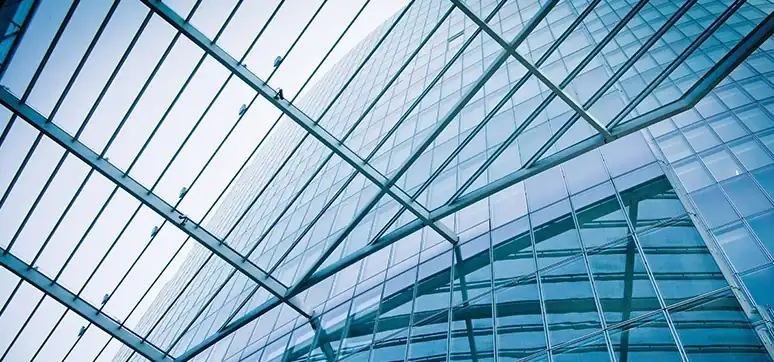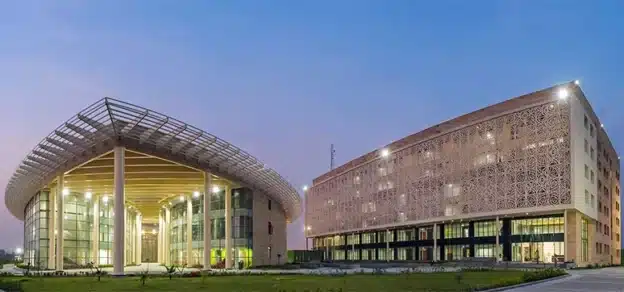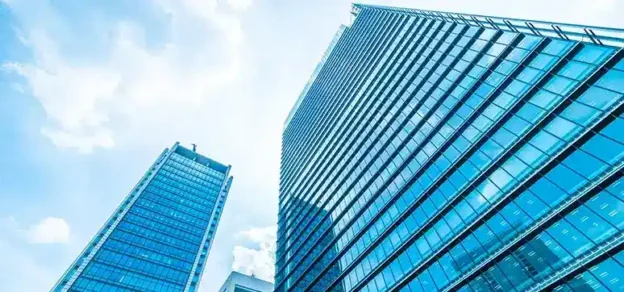Talking about the building materials which form an essential foundation of the construction industry, leads us to explore what kind of materials are highly considered in the research and development processes. Specifically, the materials which significantly affect the building’s functional performance should be the most highlighted in the development concern.
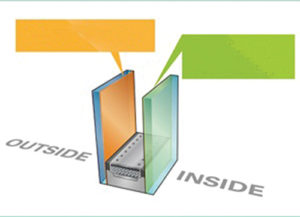
Architectural glass is one of the building materials considered a fruitful subject to be discussed. Why? Architects rely on glass and implement it in their designs as an attractive material adds authentic purposes to the buildings. Civil engineers take care of the structural behaviour of the façade system which includes glass, glass behaves as a part of the whole system mainly in bearing the dead loads. Also, the architectural glass is a big concern of the mechanical engineers since it is related to calculating the thermal loads in a building, from here we can start discussing our subject in this article which is the energy-efficient glass in buildings.
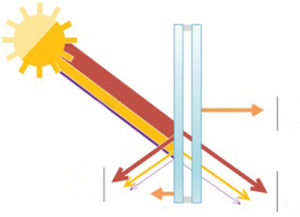
Architectural glass is a transparent material which means that it is the highest influencing material in the building in regard of letting solar energy comes inside. Solar energy comes in three spectrums, ultraviolet rays, visible light, and near-infrared rays. Each spectrum has its different effect in the building. Ultraviolet spectrum owns the main responsibility of fading the colours of materials and causing some damages. Also the near infra-red has bad effects of being the main source of heat in solar energy. While the visible light is the main source of light and a little heat, in addition to causing the light glare inside the building.
How architectural glass can control the solar energy flow inside the building?

Mainly, the solar control coating which is applied on the glass surface is the controller of that energy without neglecting the role played by the body-tinted glass in case it was not clear glass. This coating helps in reflecting a big percentage of the solar rays to outside, and it allows another percentage to get inside. In this case, there will be a gaining of the visible light in limited percentages and banning a percentage of the non-desirable spectrums to go inside. The performance of such coatings is measured by one of two factors; the first one is the Solar Heat Gain Coefficient (SHGC) and the other one is the Shading Coefficient (SC). Both factors can be derived from each other by using the following equation: SHGC = 0.87×SC. To estimate the efficiency of the glass in terms of the solar control performance, we need to know that as long as both factors are lower they become better. These factors are important in the equation of calculating the internal thermal load of any building.
Another physical property of glass is highly considered in its performance, which is the heat conductivity. Glass is considered a good conductor of heat, and as we know; heat moves from the ambient of lower temperature to the ambient of higher temperature. So, in the summer, we need to prevent gaining heat through conductivity from outside of the building. And, in the winter, we need to maintain the heat inside and prohibit it from going outside of the building. To control this issue when using architectural glass in the building, there are two ways. The first one is related to another type of coating applied on the glass surface, it is named low-E coating. Its name comes from the property with low emissivity, which means a property that minimises the heat penetration through the glass.

By using this low-E coating, the glass will reduce gaining heat in summer or losing heat in winter. The performance of the low-E coating is measured by a factor named U-Value, this factor expresses the heat conductivity of the glass sheet or the glass combined unit and is similar to SC, as long as U-value is lower it becomes better. The measuring unit of this factor is W/m2K according to ASTM standards or BTU according to EN standards. The other way of achieving a good thermal performance of the glass is the combination of double glass units, here two panels of glass or more are combined by making an internal air cavity between the glass layers. This cavity allows the happening of the air convection inside and it helps in reducing the heat volume that goes inside. As a result, by using the low-E coating and the air cavities in the combined glass units, we reduce the moving heat through the conduction, convection and radiation from the glass material. U-value is used too in the equation of calculating the building’s internal thermal load.

When the mechanical engineer uses lower SHGC and lower U-value, he gets a lower internal thermal load which is deeply reflected in the initial cost and the running cost of the power consumption of the building. First, he doesn’t have to use air conditioning units with very high capacity since the thermal load would not be very high, so the AC units’ cost will be lower. As well, the running cost of the electric power consumption will be lower since no need to use high capacities to cool or warm the internal ambient of the building. Considering the explained above about the role of using glass coating in improving the glass performance and getting energy-efficient glass, all the well-known manufacturers of float glass had taken huge steps in the race of developing the thermal and solar performance of glass.
The most powerful coating nowadays is that one achieves a low Solar Heat Gain Coefficient (SHGC), a low U-value and a reasonable transmittance of the visible light to save the energy of the artificial lightening of the building inside. Such coatings are called high-performance double silver or triple silver low-E coatings. Such types of architectural glass in the buildings are environmentally friendly materials, help in maintaining the energy and achieve the LEED and green building requirements. Finally, we can say that glass is a beautiful material that participates in constructing very nice buildings with very beautiful fronts and allows the residents or the buildings’ users to enjoy the pretty views out of the building and the natural light of the sun. Also, the polished shiny appearance of the glass adds more elegance to the outside perspective of the building. But the challenge was in avoiding the bad thermal effects of such transparent material and finding efficient solutions in saving energy. I think the development of the architectural glass performance was at the engineers’ and clients’ expectations throughout the past years.
